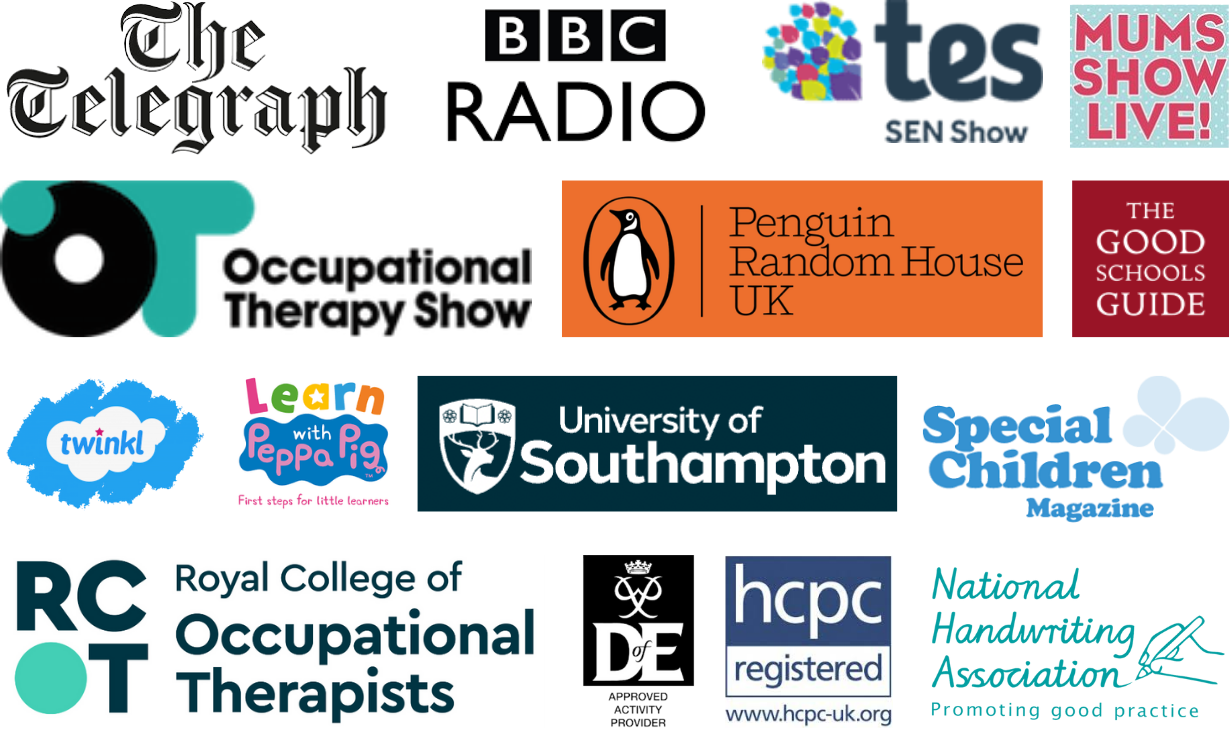Finding a handwriting tutor
In this post, I’ll give you a complete guide to how to find a handwriting tutor that best meets your child’s needs. I’ve been handwriting expert for over 20 years and I’m constantly learning too. It’s going to be a pleasure to share with you what I feel are the essentials on how to find a handwriting tutor, what questions to ask before you start, how to prepare your child for their first session and what you should expect.
Why a good handwriting tutor will change your child’s life
In today’s digital world we can sometimes be mistaken for thinking that handwriting is no longer necessary. As adults if were to write a note there are some of us who would do this on their phone but many still grab a pen and paper.
In primary schools, children are writing for up to 50% of the school day and for now all exams are hand written. For some handwriting is easy, however for most it takes time to learn and practice. A good handwriting tutor will make handwriting easy for your child, increase their confidence and give them the opportunity to concentrate on writing what they want to write rather than how to write it.
The most important factor in finding a handwriting tutor
Within the UK, we have the National Handwriting Association (NHA). I feel it is essential that any handwriting tutor is a member of this group. Without this we do not know if that tutor is keeping up-to-date with the latest research and not using old-fashioned techniques to teach handwriting.
How to find the right tutor?
There are various ways in which you can find a handwriting tutor, here are three:
- You could google the words ‘handwriting tutor’ and add your geographical area. E.g. Handwriting Tutor West Sussex.
What I would say here is to bear in mind that not all handwriting experts call themselves handwriting tutors. I personally am a children’s occupational therapist that specialises in handwriting. This means I use my knowledge of health and developmental milestones to help the kids I see excel at handwriting. As OT is a protected title I am bound by the Health Care Professions Council (HCPC) and I follow a set of rigorous standards. I am proud to be an OT and feel that I offer great expertise because of this knowledge.
- Ask around as word-of-mouth is the best way to hear of the good ones.
- Check them out in terms of do they have a website? Have they written any articles or books? Do they run any training courses? What you’re looking for is quality and experience rather than availability.
Questions to ask before you start
The three main questions that I would ask are:
- The person’s level of experience
- Could I see some testimonials from recent parents?
- Are you DBS checked?
This last one ensures that they are safe to work with children and do not have a criminal record. Anyone that is DBS checked will be happy to give you a reference number so that you can look up their details online or they could show you their certificate. If you’re looking to check that an occupational therapist is safe to practice then you can look up their name against a register on the HCPC website.
How to set everything up
Speak to them. Sometimes the best ones are busy. I personally find it helpful if parents book a free discovery call. Then we both know it is a good time to call.
Arrange your appointment time and clarify any cancellation policy. You never know when you, your child or even them may get a cold and a session needs to be postponed.
As a parent, it is a legal requirement for you to give consent for any handwriting intervention. However, I always feel it is important for the child to give consent too. Handwriting succeeds the best when a child is motivated to learn and this is one way to do it.
How to prepare your child for a handwriting session
Often sessions can take place after school or on the weekends. Make sure they’ve had something to eat and drink. There’s nothing worse than trying to concentrate when you’re hungry.
You could show them a photo of who will be working with them. Some of my past parents have used a photo from the about section on my website to do this. It really helped alleviate any fears a child may have.
If you’re doing an online lesson make sure the laptop or tablet is fully charged. That you have the correct contact details and you are in place with limited distractions perhaps from other members of the family.
What to expect
Handwriting takes time to learn and if a habit needs to be changed research says that it takes 66 days to change a habit and not the 21 days that we all think of.
Each person works differently. Some may only do face-to-face sessions and others may offer Handwriting lessons online. Whatever the method, any handwriting expert will need to see how your child is holding a pen or pencil, how they sit when writing and how they are forming the letters.
It is important that your child is part of the session. By this I mean they are actively involved, hearing the advice and working together with the handwriting expert to identify improvements. I always ask children what they want to improve on and how they feel their writing is.
In my Skype sessions I also set homework to do between the sessions. This is so they can practice their handwriting. Often the worksheet topics are chosen by the kids meaning they are already engaged to do them. Who wouldn’t want to do a worksheet about super heroes or to find out about intelligent animals?
Mistakes you should avoid
Do not pick someone that you do not gel with. You need to feel comfortable with them and their skills.
Do you not choose someone who lacks experience or who cannot give you any testimonials.
Make sure that their knowledge is evidence based. There is more than one approach to unlocking the secrets of helping children learn handwriting. Find someone who has a variety of resources and tools to help your child.
Takeaway points
Take your time finding the right person for your child. Make sure they have good credentials. Being a member of the National Handwriting Association is a necessity. Handwriting takes time to learn. There will be no overnight successes. By working one-to-one with someone you will be able to help your child have the gift of writing legibly and neatly without any pain or without them feeling silly.









